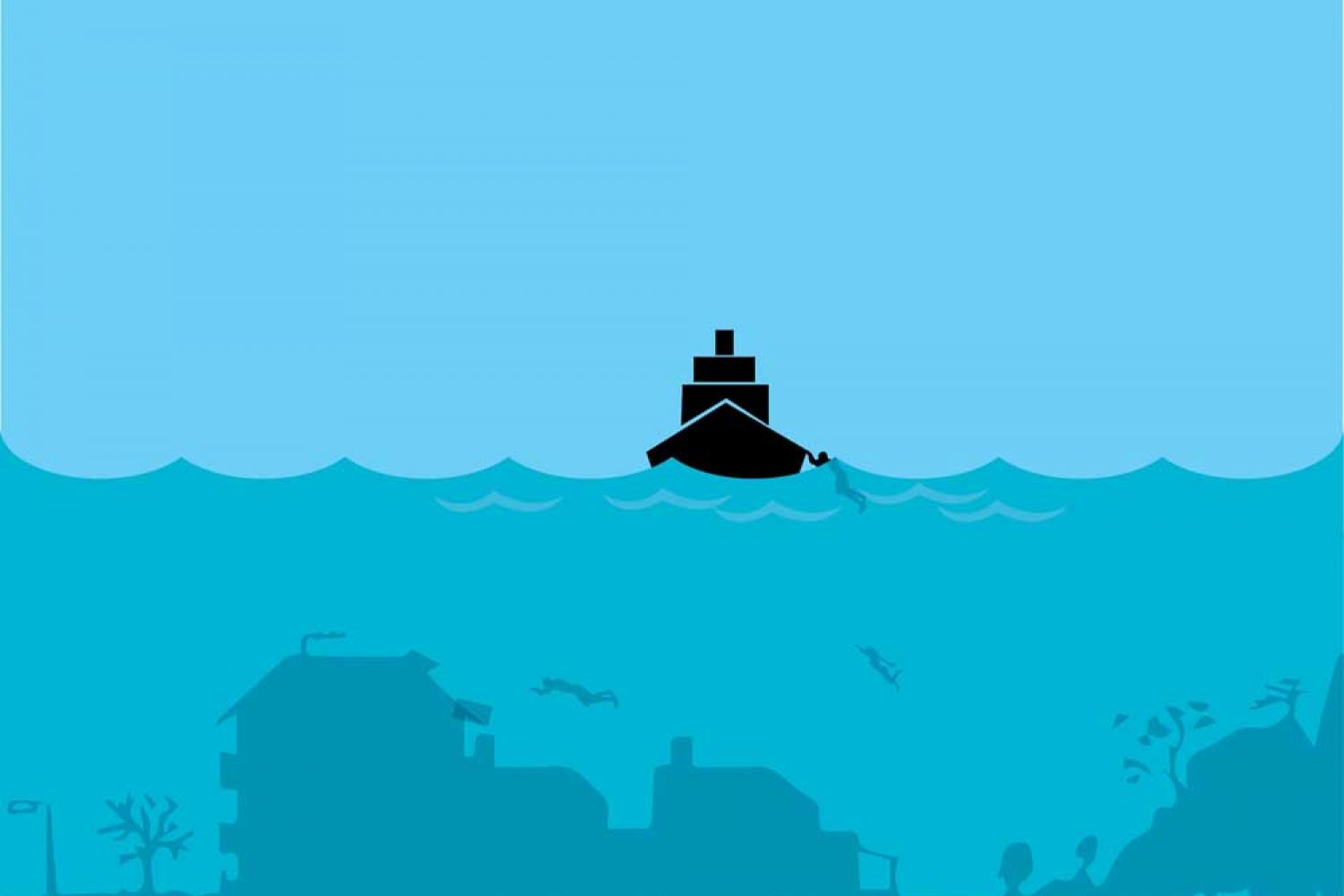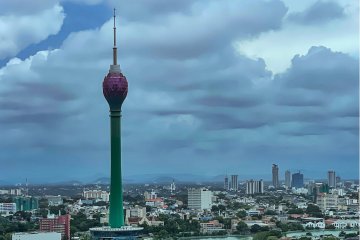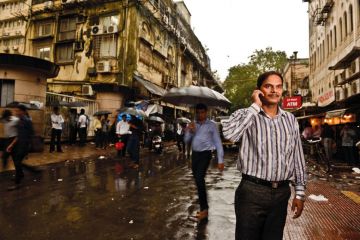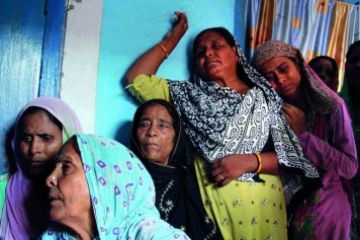
Shijo Joseph is taking an account of water-logged lives in Kerala. A scientist working with GIS and satellite data for the Kerala Forest Research Institute (KFRI), his first brief is a ground survey in the Chalakudy river basin. He is looking for the high water mark left on the walls to measure how far water has risen from the ground up. These “ground control points” help validate satellite-based remote sensing data later.“The inundation lines are clearly visible on the walls of the buildin
Continue reading “The complex business of predicting a flood”
Read this story with a subscription.





